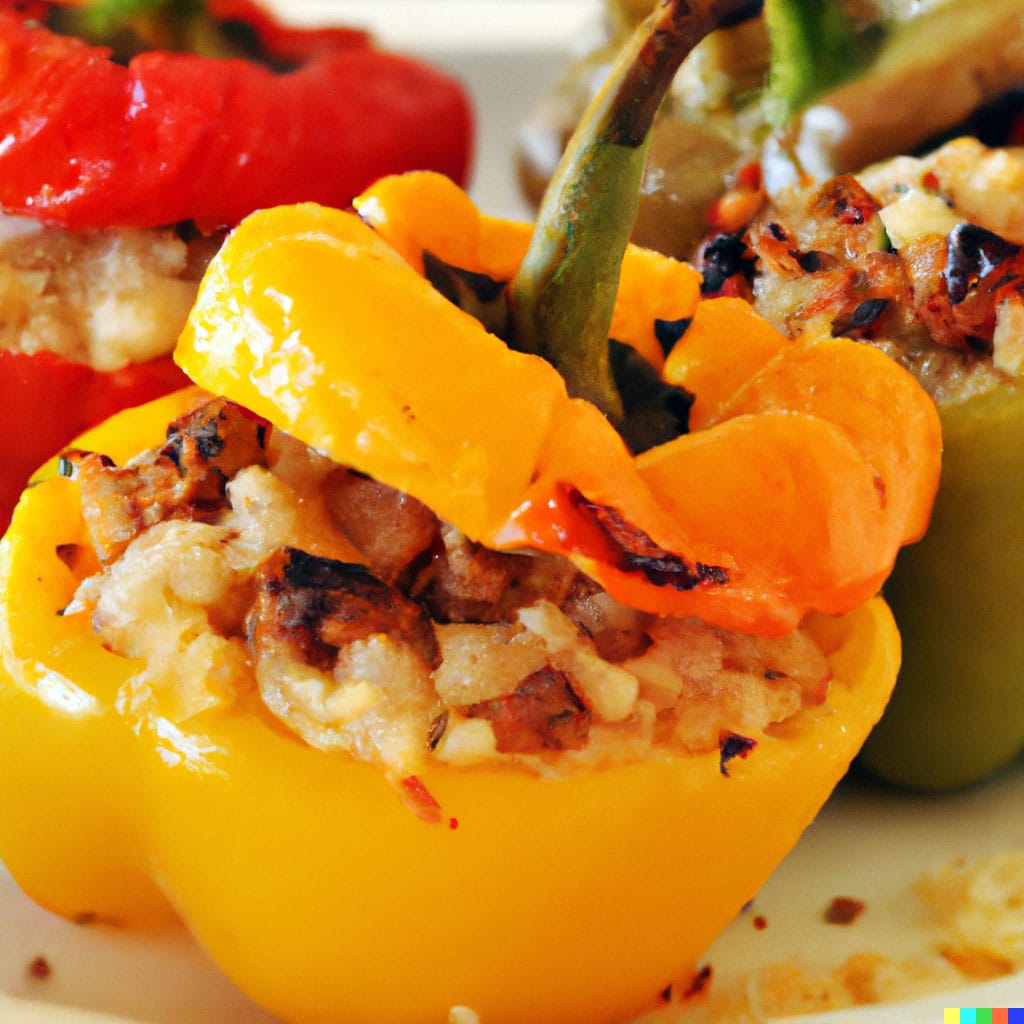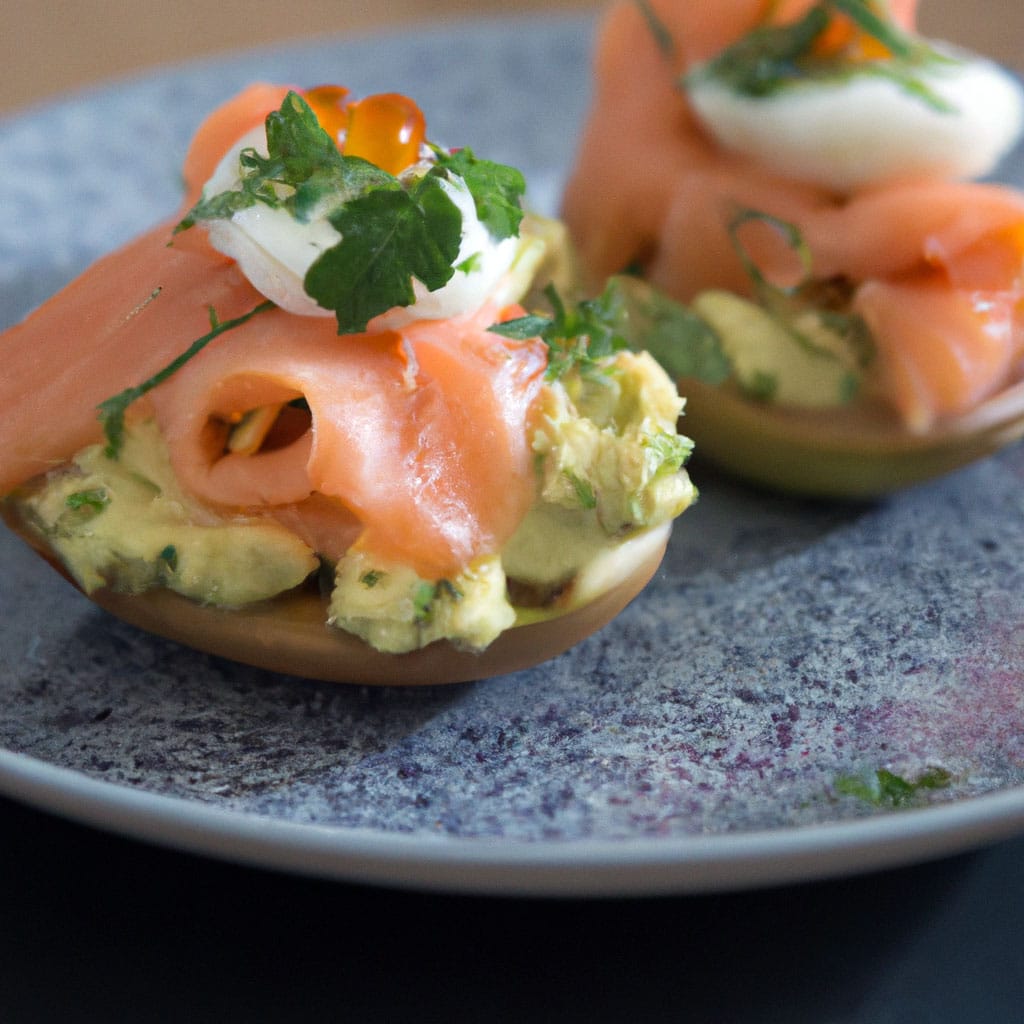Cooking a whole chicken in the oven is a classic culinary endeavor that can yield succulent, flavorful results when done right. Whether you’re preparing a Sunday roast for the family, hosting a dinner party, or simply craving a home-cooked meal, knowing how to cook a whole chicken in the oven is a valuable skill that can make you the star of the kitchen. In this comprehensive guide, we will take you through the step-by-step process of preparing, seasoning, and roasting a whole chicken to perfection.
Choosing the Perfect Chicken
Before you can dive into the art of cooking a whole chicken in the oven, you must start with the right bird. Here’s what you need to know about selecting the perfect chicken:
Freshness Matters
Always choose a fresh chicken over a frozen one if possible. Fresh chicken tends to have better flavor and texture.
Check the “sell-by” or “use-by” date on the packaging to ensure freshness.
If buying from a butcher, ask about the chicken’s source and when it was slaughtered.
Size Considerations
The size of the chicken matters, as it affects cooking time. A typical whole chicken for roasting weighs between 3 to 5 pounds.
Smaller chickens (around 3 pounds) cook faster and are perfect for a weeknight meal, while larger ones (around 5 pounds) are great for special occasions.
Organic and Free-Range Options
Consider purchasing organic or free-range chicken if you prefer meat from chickens raised with more humane and sustainable practices.
Preparing the Chicken
Now that you’ve chosen the perfect chicken, it’s time to prepare it for the oven. Proper preparation ensures even cooking and enhances the flavor of your roast chicken.
Thawing the Chicken
If you’ve purchased a frozen chicken, thaw it in the refrigerator for 24 hours before cooking. Never thaw at room temperature to prevent bacterial growth.
Cleaning and Patting Dry
Remove the chicken from its packaging and rinse it thoroughly under cold running water.
Pat the chicken dry with paper towels to remove excess moisture. Dry skin helps achieve a crispy, golden brown finish.
Trussing the Chicken (Optional)
Trussing involves tying the legs together with kitchen twine to help the chicken cook more evenly.
While not necessary, trussing can give your roasted chicken a neater appearance.
Seasoning and Flavoring
One of the joys of cooking a whole chicken in the oven is the opportunity to infuse it with incredible flavors. Here are some seasoning and flavoring ideas to consider:
Basic Seasoning
Generously season the chicken inside and out with salt and freshly ground black pepper.
You can add dried herbs like thyme, rosemary, or sage to enhance the flavor.
Stuffing the Cavity (Optional)
Consider stuffing the chicken cavity with aromatics like lemon halves, garlic cloves, and fresh herbs.
This will infuse the chicken with aromatic flavors as it roasts.
Olive Oil or Butter Rub
Drizzle olive oil or melted butter over the chicken’s skin to help it brown and become crispy.
You can also mix herbs and spices into the oil or butter for an extra layer of flavor.
Marinades and Rubs
Experiment with different marinades and rubs, such as barbecue, lemon-herb, or Cajun, to add unique flavors to your roast chicken.
Oven Setup and Roasting
Now that your chicken is prepared and seasoned, it’s time to get it into the oven and start the roasting process.
Preheat the Oven
Preheat your oven to 375°F (190°C) for a balanced cooking temperature that ensures a golden-brown skin and juicy interior.
Oven Rack Placement
Position the oven rack in the lower third of the oven to allow for even heat distribution around the chicken.
Roasting Pan and Rack
Place the chicken on a roasting rack inside a roasting pan. Elevating the chicken on a rack helps air circulate around it, allowing for even cooking and crispy skin.
Cooking Time
The cooking time for a whole chicken depends on its size. A general guideline is 20 minutes per pound (450g).
Use a meat thermometer inserted into the thickest part of the thigh without touching the bone to ensure the chicken reaches an internal temperature of 165°F (74°C).
Basting (Optional)
Basting involves spooning pan juices or additional melted butter or oil over the chicken during roasting to keep it moist and flavorful.
Achieving the Perfect Finish
The final steps are crucial in achieving that picture-perfect, mouthwatering roast chicken.
Resting the Chicken
After removing the chicken from the oven, let it rest for 10-15 minutes before carving. This allows the juices to redistribute throughout the meat, resulting in a moist and tender bird.
Carving the Chicken
Use a sharp carving knife and a cutting board to carve the chicken. Start by removing the legs, then the breast meat, and finally the wings.
Don’t forget to save the pan juices for making a delicious gravy or sauce.
Presentation
Arrange the carved chicken on a platter, garnish with fresh herbs or lemon slices, and serve with your favorite side dishes.
Serving Suggestions
Roast chicken is a versatile dish that pairs well with a variety of sides and accompaniments. Here are some serving suggestions:
Classic Sides
Mashed potatoes, roasted vegetables, and a simple green salad are classic accompaniments that complement roast chicken.
Gravy
Use the pan juices from the roasted chicken to make a rich and flavorful gravy. Serve it drizzled over the chicken and side dishes.
Sauces
Elevate your roast chicken experience with sauces like chimichurri, cranberry relish, or garlic aioli for added flavor.
Mastering the art of cooking a whole chicken in the oven can be a rewarding culinary adventure. With the right chicken, proper preparation, seasoning, and roasting techniques, you can create a delicious and impressive meal that will be a hit at any gathering or family dinner. So, roll up your sleeves, get that oven preheated, and embark on your journey to becoming a roast chicken maestro. With practice, you’ll soon be cooking up memorable feasts that will have everyone coming back for seconds.
Troubleshooting and Tips
While roasting a whole chicken can be a delightful experience, it’s not without its challenges. Here are some troubleshooting tips to help you overcome common issues and achieve a flawless roast:
Uneven Browning
To ensure even browning, rotate the chicken halfway through the cooking time.
If certain areas are browning too quickly, cover them with aluminum foil to prevent overcooking while the rest of the chicken catches up.
Dry Chicken
To prevent a dry chicken, make sure not to overcook it. Use a meat thermometer to check the internal temperature.
If the breast meat is cooking faster than the dark meat, you can shield it with foil until the rest of the chicken is done.
Insufficient Crispy Skin
For extra crispy skin, pat the chicken dry thoroughly before seasoning and roasting.
You can also try brushing the skin with a mixture of melted butter and oil during roasting for a crunchy finish.
Overseasoning
Be cautious with salt and seasonings, as overseasoning can overpower the natural flavor of the chicken.
If you’ve overseasoned, consider serving the chicken with a mild sauce or gravy to balance the flavors.
Variations and Flavors
Once you’ve mastered the basics of roasting a whole chicken in the oven, don’t hesitate to experiment with different flavors and preparations. Here are some exciting variations to try:
Lemon-Herb Roast Chicken
Stuff the cavity with lemon halves and fresh herbs like rosemary and thyme. Coat the skin with olive oil and sprinkle with lemon zest for a zesty, aromatic twist.
Garlic and Herb Butter Roast Chicken
Create a flavorful herb butter by mixing minced garlic, chopped fresh herbs, and softened butter. Spread this mixture under the skin and all over the chicken for an indulgent experience.
Spicy Roast Chicken
Rub your chicken with a spicy blend of paprika, cayenne pepper, and other seasonings for a bold, fiery kick.
Asian-Inspired Roast Chicken
Marinate your chicken in a mixture of soy sauce, ginger, garlic, and sesame oil for an Asian-inspired twist on the classic roast chicken.
Cooking a whole chicken in the oven is a culinary journey that can be both rewarding and delicious. With the right chicken, preparation techniques, seasoning, and a bit of practice, you can consistently achieve a mouthwatering roast chicken that will impress family and friends.
Remember that the key to success lies in choosing a fresh, high-quality chicken, properly preparing and seasoning it, and paying attention to cooking times and temperatures. Troubleshoot any issues that may arise, and don’t be afraid to experiment with different flavors and variations to create your signature roast chicken dish.
So, whether it’s a Sunday family dinner, a festive holiday feast, or a special occasion, the skills you’ve gained from this guide will make you a confident and capable roast chicken chef. Enjoy the journey of creating delicious meals that bring joy and satisfaction to your table!


















